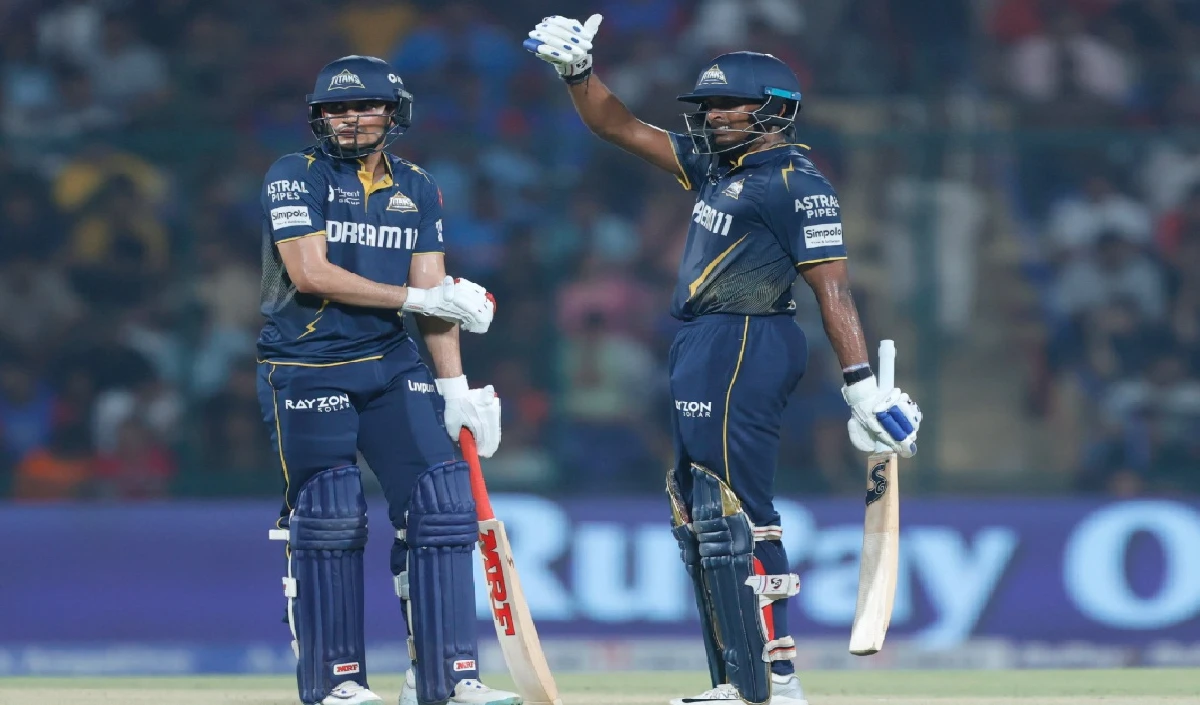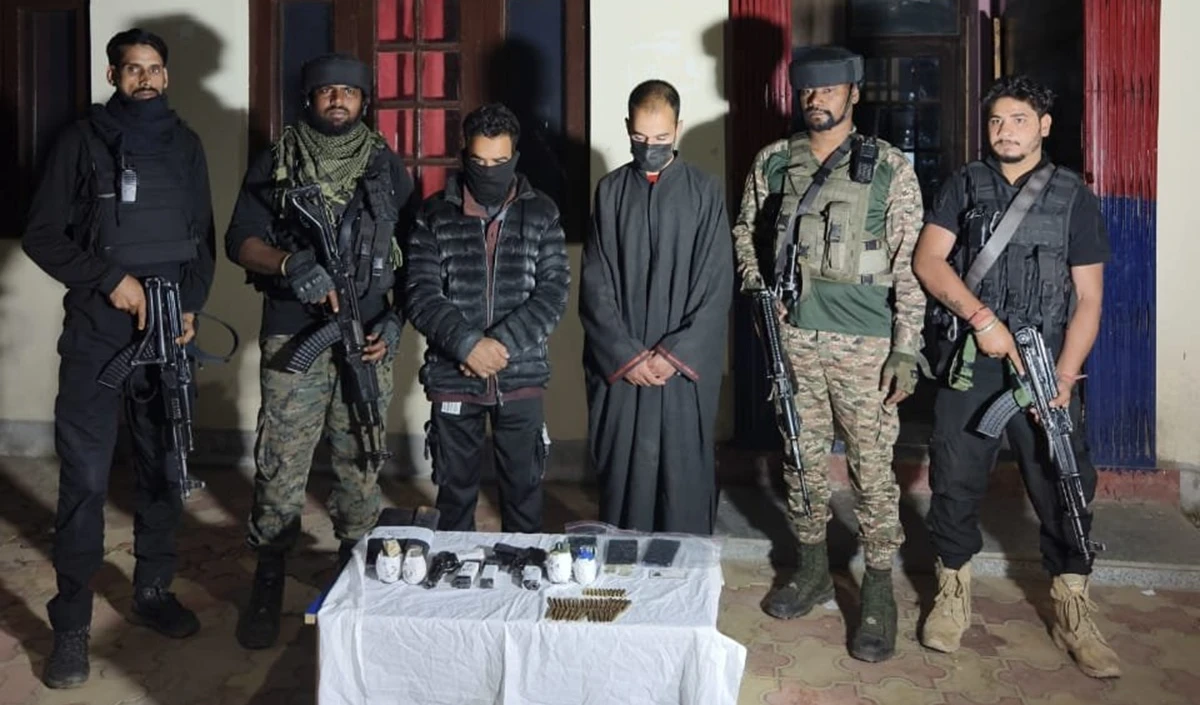Today, our soldiers posted in inaccessible areas like Galwan and Siachen are joining the whole world with high speed of internet. Those who once lived in icy silence are now communicating with high-speed internet. If the businessman of the northeast of the country is reaching the global market, then students living in the forests of Chhattisgarh are giving their dreams a high flight from online studies. This is not just connectivity, but a morale enhancing revolution.
This change has not suddenly come, it is the culmination of the resolution that Prime Minister Narendra Modi took as ‘Last Mile Connectivity’ in 2014. In the last 11 years, the historical decisions taken in the telecom sector gave rise to a new digital revolution, which is connecting not only cities, but also villages, borders and forests. Today, when India is moving towards becoming a developed nation, strong telecommunications and reliable internet connectivity in this journey is playing the role of a strong catalyst. Under the leadership of Prime Minister Modi, the country has created a new chapter of public awareness through technology, not just technical development.
Also read: Chhatrapati Shivaji Maharaj fought against life attempt injustice – Jyotiraditya Scindia
The revolution in India’s telecommunications and internet usage in the last 11 years can be estimated from the fact that in 2014, where there used to be 61 MB in 2014, it has been 21.5 GB in 2025 today. This growth from megabyte to gigabytes is being found in the foundation of ‘Digital India’. In just 11 years, an unprecedented increase of 1,449 per cent in broadband connection recorded, the number of which is 95 crores today. From March 2014 to March 2025, the number of telephone connections in India has increased from 93.3 crore to 120.167 crore, of which the number of mobile users is 115.786 crore. Today India has become the second largest mobile manufacturer in the world. 99.2 percent of mobiles sold here are made in the country. There was a time when consumers had to pay Rs 268.97 for one GB data, but today it is available for only Rs 9.34, ie an unprecedented decline of 96 percent is giving power to our ‘omnipresent connectivity’.
Eleven years ago, when Prime Minister Modi took over the reins of the country, millions of villages in India were untouched by internet connectivity. The Prime Minister knew that if India had to play the role of global leadership in the 21st century, then every village, panchayat and town would have to be digitally empowered. From this point of view, ‘Bharat Net Project’ was launched, which is the world’s largest rural telecom connectivity project. In its first phase, 2.14 lakh gram panchayats have been linked to broadband, in the next phase and 2.64 lakh gram panchayats are targeted to be connected to the digital network. With these achievements, a huge digital highway has been constructed in India, the benefits of which are being felt in every corner of the country today.
The importance of telecommunications is not only limited to phone, TV or computer, but it has become a strong tool of change. Jan Dhan, Aadhaar and Mobile (Jam) Trinity has made revolutionary changes in digital financial inclusion. Today, through this digital highway, India is contributing 46 percent to global digital payments, which is a strong evidence of the country’s technical capabilities and public participation.
According to the increasing pressure of traffic, this government has constantly made technological innovation and maintained the country’s internet connectivity modern and competent. At the center of this effort is our indigenous communication hero- BSNL. As a result of the concerted efforts made by the government under the ‘Self -reliant India’ initiative, it is once again emerging firmly. For the first time in 17 years, it has recorded net profit in two consecutive financial quarters. With the establishment of more than 93,000 4G tower across the country, BSNL is providing accessible and uninterrupted 4G connectivity to its users, that too through full indigenous technology.
BSNL developed the country’s first fully indigenous 4G stack in just 22 months, which has led to India in the list of five countries that have achieved this technical self -sufficiency. This trust and support of the public has given this historical success to BSNL, which is a major achievement of the self -sufficient communication system of ‘Digital India’.
In the sequel of this communication revolution, now the postal department is also playing a new role in the field of technology and service. There was a time when the Department of Posts was considered limited to only bringing letters, but today this department is emerging as a lifeline of rural India. It is being converted as a strong logistics and service provider organization with a broad network of more than 1.6 lakh post offices.
Banking services through India Post Payments Bank have now reached every corner of the country. This change is so widespread that now the new identity of ‘Dakya Bank Laaya’ has been replaced by the traditional image of ‘Dakya Dak Laaya’. This change has become a medium of empowerment, not just service, where rural India is no longer needed to look at cities, but the villages are now supporting the pace of digital India. The government is rapidly moving towards establishing the postal department as part of the country’s economic foundation and establishing it as a financial superpower.
It is the result of the Modi government’s commitment to rural development that the general public sitting in the village is not only able to take advantage of government facilities in a convenient manner, but is also moving shoulder to shoulder with the nation. The youth no longer have to depend on big cities for higher education, as their village is opening new gates for strong connectivity and online classes. Traders no longer have to go round the banks, because all transactions and accounts are made online through the Internet.
Under the leadership of Prime Minister Modi, the central government has been committed to providing world-level facilities to the country in digital connectivity and has been witness to its unprecedented success in the last 11 years.
– Jyotiraditya Scindia
Union Minister of Communications



